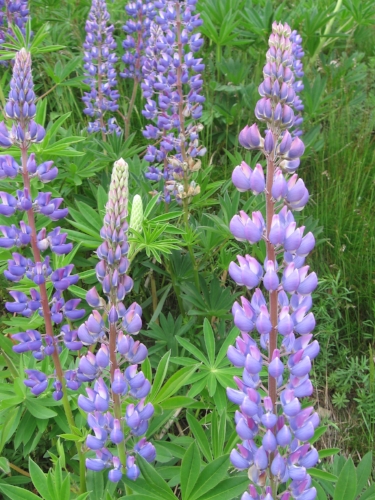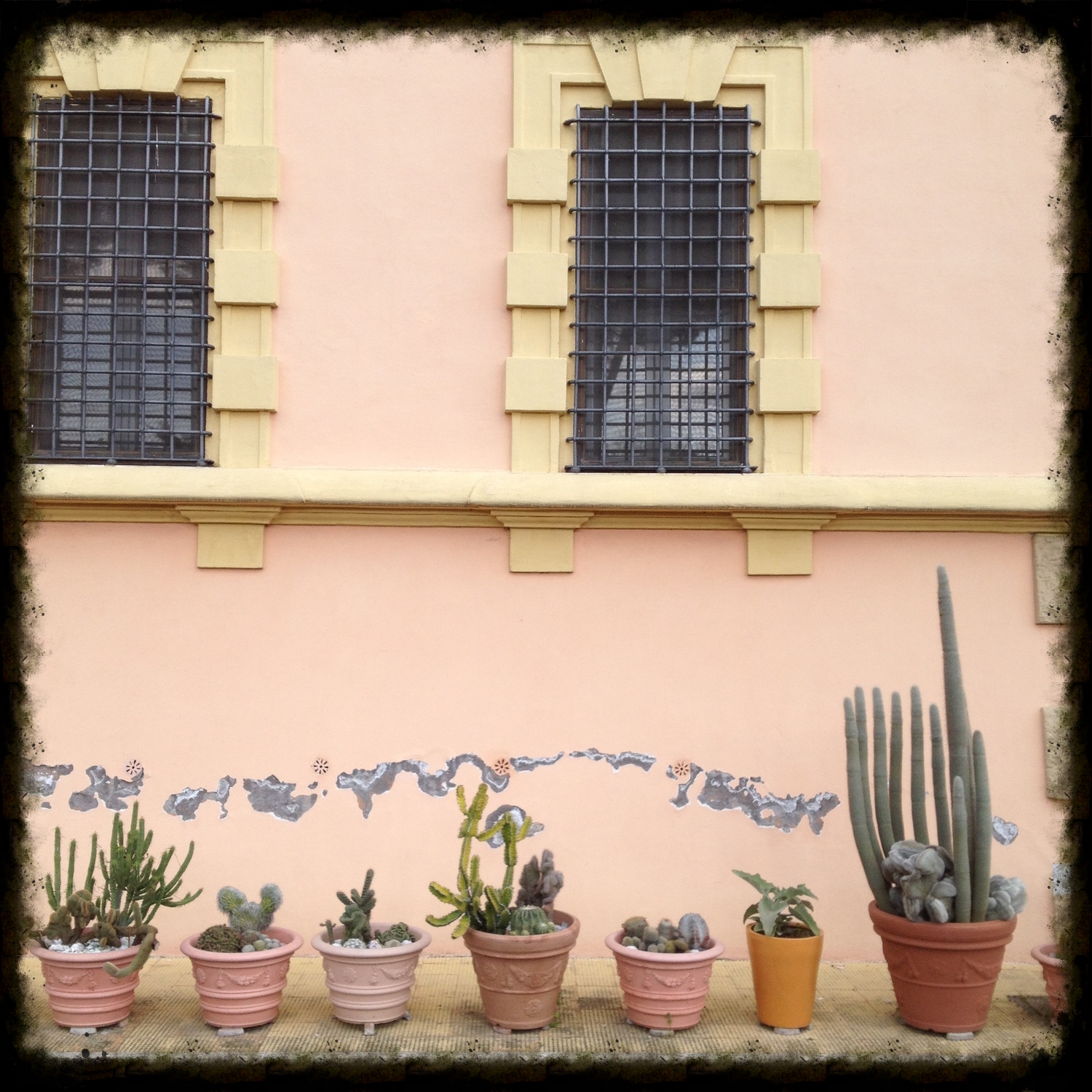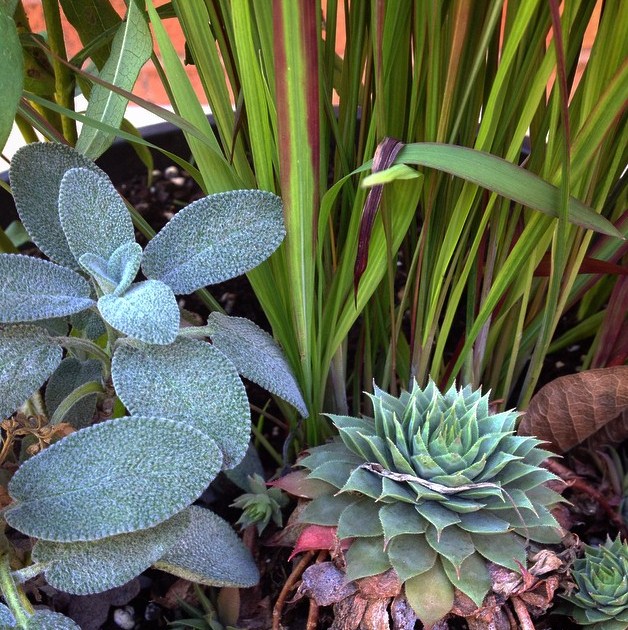The Case for Leaving the Leaves
/There is a lot of talk in gardening circles, as well as in the wider media, about ‘leaving the leaves’, not raking or blowing them off our properties and sending them to be composted by regional facilities, but ‘leaving’ them. But what does ‘leaving’ them actually mean?
Best gardening cultural practices are constantly changing as we discover more about how our gardening behaviour affects our properties, local ecosystems, and the broader environment. What is meant by gardening cultural practices? Simply put, these are the ways we deal with plants, pests, soil, water, fertilizer, the insects and animals that visit, and live in, our gardens, and all of the individual aspects of gardening and considerations that go into the decisions we make about what we put into our gardens and how we care for our gardens. So how does this affect the way we manage leaves? Leaving leaves on our properties is beneficial in more ways than one.
Nutrients and Minerals
Up to 80% of a tree’s nutrients and minerals end up in the leaves. By leaving leaves to decompose on our properties we are allowing these nutrients and minerals to return to the soil. Insects and microbes, such as bacteria and fungi, work to decompose the leaves, leaving a nutrient and mineral rich compost that can be left in, or added to, any garden bed. Using this natural fertilizer is a way to limit, or even eliminate, the need for commercial fertilizers.
Resources
Leaving leaves on our own properties also reduces the resources used to cart the leaves away. Whether it be with conventional garbage trucks that take bagged leaves to regional waste facilities to be made into compost, or by trucks with mounted vacuums that take loose leaves from the curbside directly to waste facilities, there are resources used to move these leaves that could be saved if we compost leaves on our own properties.
‘Leaving’ the Leaves is Really a Misnomer
It’s not practical to simply leave the leaves where they fall. On driveways and walkways, they become slippery hazards, and, if you have enough of them, leaving them as they are on a lawn will deprive the grass of sunlight and trap moisture, a guaranteed path to smothering and killing grass.
Leaves must be moved to areas where they can decompose without harm; to either garden beds or to designated composting areas.
Moving Leaves
Use a rake or a broom to move leaves around. Don’t use leaf blowers if you can avoid it. According to www.leafblowerguide.com, even a light-weight, cordless, electric leaf blower will blow up to 60 miles per hour (mph), or 96 kilometres per hour (kph), with the vast majority of the 250 leaf blowers they review blowing at a much greater speed than that, some blowing at over 225 mph (360 kph), more than twice the speed required to lift up and move a car. Overwintering insects and small animals can not survive winds of these speeds.
Leaf blowers can also be more polluting (by far) than the vehicles we drive. See https://www.edmunds.com/about/press/leaf-blowers-emissions-dirtier-than-high-performance-pick-up-trucks-says-edmunds-insidelinecom.html for a detailed comparison of the emissions of two different vehicles and two different leaf blowers.
Adding Whole Leaves to Garden Beds
With a little care, whole leaves can be added to garden beds. Don’t completely cover any plants that don’t die back to the ground over the winter, such as hellebore, heuchera (coral bells), iberis sempervirens (candytuft), as well as low evergreen shrubs such as juniperus (junipers) and euonymus groundcovers. Tucking the leaves around these plants, as well as shrubs and taller grasses, will help insulate their roots over the winter, keeping them at a more constant temperature and helping to prevent damage from freeze thaw cycles.
Mulching as an Alternative to Leaving Leaves Whole
Whole leaves will blow around when they’re dry. It’s impossible to control exactly where they land, and, as it takes up to one or two years for leaves to break down, they will still be there in the spring. An alternative to leaving whole leaves in garden beds, and moving whole leaves from lawns and hard surfaces into garden beds, is to mulch the leaves first. Mulched leaves are less likely to blow around, and will decompose sooner than whole leaves.
How to Mulch/Munch Leaves
‘Mulching’, like ‘leaving’ (as in ‘leaving’ the leaves), is a bit of a misnomer. The act of cutting up the leaves is more like ‘munching’, while the act of putting the resulting leaves in garden beds is actually ‘mulching’.
Munching the leaves is done with what is known as a mulching mower. While traditional mowers have only one cutting surface on a straight blade, mulching mowers have several cutting surfaces on typically curved blades. The curved blades help to throw leaves and grass clippings back up into the blades to be further cut into smaller bits. (Mulching mower conversion kits can be purchased for some traditional mowers.) Going over a pile of leaves several times with a mulching mower is recommended to cut as many leaves as possible. Be patient. This can be done directly on a lawn, or leaves can be raked onto a hard surface, like a driveway or sidewalk to be mowed there. While it’s much easier to rake or sweep up cut up leaves from a hard surface, doing it on a lawn will result in the added benefit of leaving some of the smaller pieces of cut up leaves to decompose right there, adding nutrients and minerals back into the soil that will feed your grass.
Once leaves are cut up, they can then be moved into garden beds. As with whole leaves, don’t completely cover plants or shrubs that retain their leaves/needles over the winter months. While whole leaves can mat together making water management a challenge, cut up leaves will let water filter down into the soil, as well as allow air to circulate through. And emerging plants will easily poke right through in the spring. Leaving mulched leaves to further decompose over the summer months will further add nutrients and minerals back into the soil and may decrease the need for commercially purchased fertilizers and mulches.
The Case for Oak Leaves
Oak (querqus) and sycamore (platanus) leaves can be a challenge as they take a long time to break down. Running over them with a mulching mower can be done, but the resulting mulch will take longer to decompose than other leaf mulches. Because these leaves are so tough, they may dull the blades of mulching mowers more quickly than when mowers are used to mulch other types of leaves. Some people go so far as to have a second mower to use just for the purpose of mulching leaves.
On the plus side of the leaves slow to decompose, many commercially purchased bark mulches also take a long time to break down, so if a long-lasting mulch is your goal, then using cut up oak leaves as a mulch may be something to try.
Too Many Leaves
If you have mature trees dropping loads of leaves, you may simply have too many leaves to deal with on your own property. Shipping excess leaves as yard waste to be composted by the regional waste facility is nothing to be ashamed of. Our residential properties are not natural forests and can not always accommodate the amount of leaves our trees drop. There is nothing ‘all or none’ about gardening and dealing with leaves is no exception; any part of ‘leaving the leaves’ that we do will result in keeping the nutrients and minerals produced by our trees on our properties, helping to protect perennials and shrubs from harmful freeze-thaw cycles by using whole or cut up leaves as mulch, and reducing the resources required to move leaves from our properties.
















